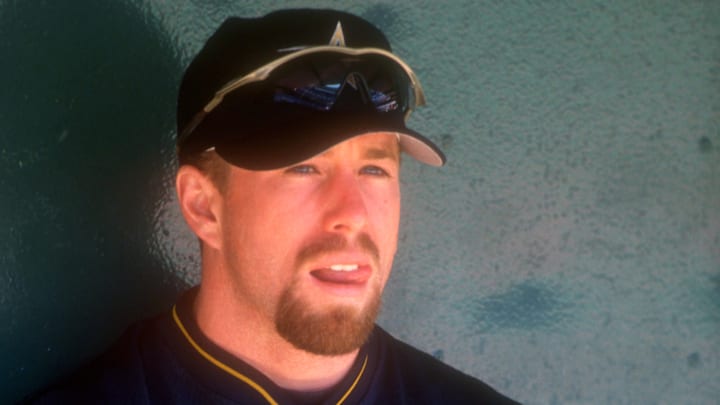Best Red Sox trade deadline move: Derek Lowe and Jason Varitek solidify a World Series winning core
This one was a bit of a slower burn to pay off, but it would eventually turn into one of the best trades in Red Sox history. The Seattle Mariners needed help in their bullpen and for whatever reason, they wanted Heathcliff Slocum despite the fact that he had not been good that year. So, Boston was happy to send him to Seattle in exchange for Jason Varitek and Derek Lowe.
It is probably fair to say that the Mariners ended up having some buyer’s remorse without considering what they gave up in the trade too much. While he was marginally better the rest of the 1997 season than he was in Boston, it was still a 4.17 ERA and just 0.3 rWAR and the next season was worse as he put up a 5.32 ERA in 57 appearances which is decidedly not great. Slocum would bounce around after that with a few teams and while he had a decent season with St. Louis in 1999, he was pretty mediocre the rest of his career.
As for Boston, they had to be thrilled with what they got in return. From 1998 to 2004, Lowe would post a 3.73 ERA in 111 starts and finished in the top three of the AL Cy Young voting in 2002. He would end up being a very solid big league pitcher until his career came to an end in 2013. Jason Varitek would become a Red Sox lifer who went to three All-Star Games, won a Gold Glove, and was a critical part of Boston’s 2004 World Series-winning roster.
The lessons here: make sure you value your prospects properly, be wary of trading for relievers, and if a team wants to overpay for one of your mediocre relievers you should let them.
